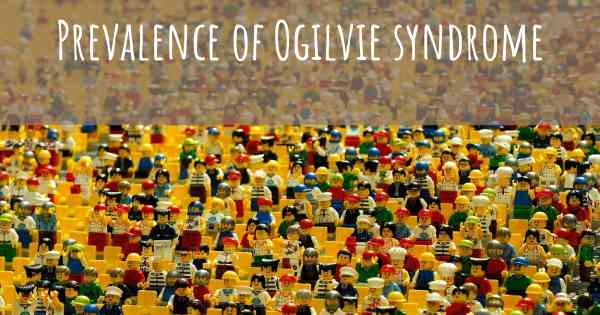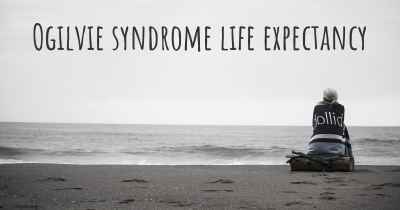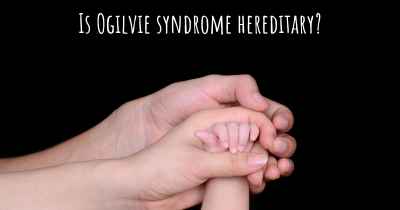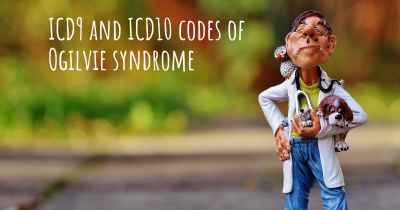What is the prevalence of Ogilvie syndrome?
How many people does Ogilvie syndrome affect? Does it have the same prevalence in men and women? And in the different countries?

Ogilvie syndrome is a rare condition characterized by acute colonic pseudo-obstruction, where the large intestine becomes dilated without any mechanical obstruction. The exact prevalence of this syndrome is not well established, but it is estimated to occur in approximately 0.01% to 0.03% of hospitalized patients. It is more commonly observed in elderly individuals and those with underlying medical conditions. Prompt recognition and treatment are crucial to prevent complications such as perforation and sepsis. Diagnosis is made through clinical evaluation, imaging studies, and exclusion of mechanical obstruction. Management typically involves conservative measures, such as bowel rest, decompression, and supportive care.
Ogilvie syndrome, also known as acute colonic pseudo-obstruction, is a rare condition characterized by massive dilation of the large intestine without any mechanical obstruction. It primarily affects elderly individuals and those with underlying medical conditions, such as cardiovascular disease, infections, or recent surgeries. The exact prevalence of Ogilvie syndrome is not well-established, but it is estimated to occur in approximately 0.01% to 0.03% of hospitalized patients.
Ogilvie syndrome is more commonly observed in individuals over the age of 60, with a higher incidence in males than females. The condition can be life-threatening if not promptly diagnosed and treated. Symptoms may include abdominal distension, severe pain, nausea, and vomiting. Diagnosis is typically made through clinical evaluation, imaging studies, and ruling out mechanical obstruction.
Treatment for Ogilvie syndrome involves a multidisciplinary approach, including bowel rest, fluid and electrolyte management, decompression of the colon using a nasogastric tube, and addressing any underlying medical conditions. In severe cases, pharmacological interventions or endoscopic decompression may be necessary. Surgical intervention is considered a last resort.
Overall, while Ogilvie syndrome is a relatively rare condition, healthcare professionals should maintain a high index of suspicion in patients at risk, as early recognition and appropriate management are crucial for improving outcomes.








